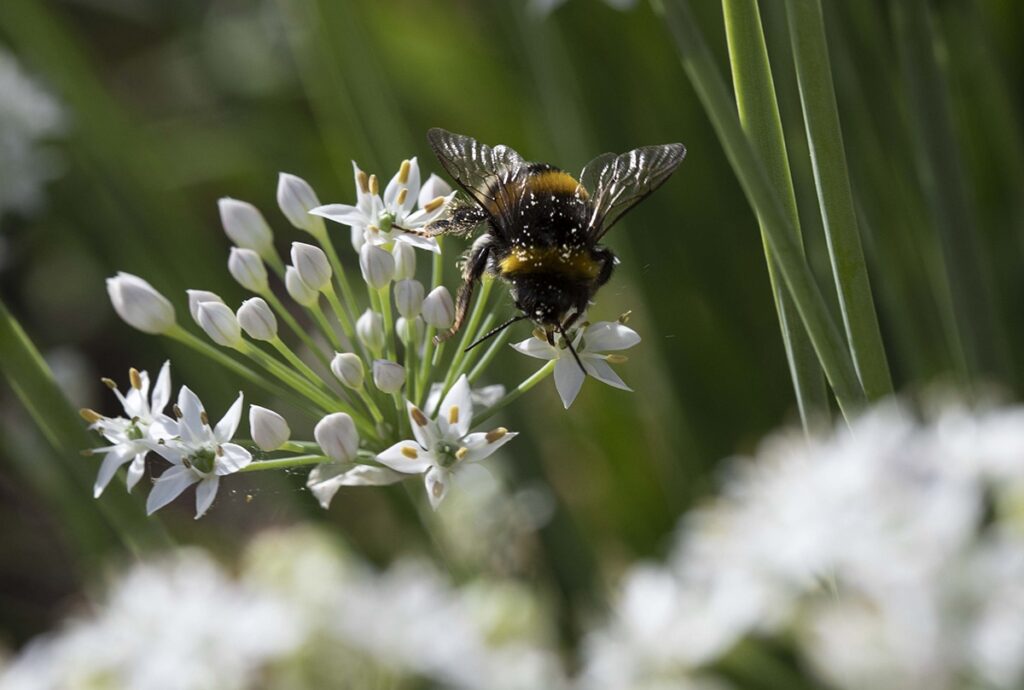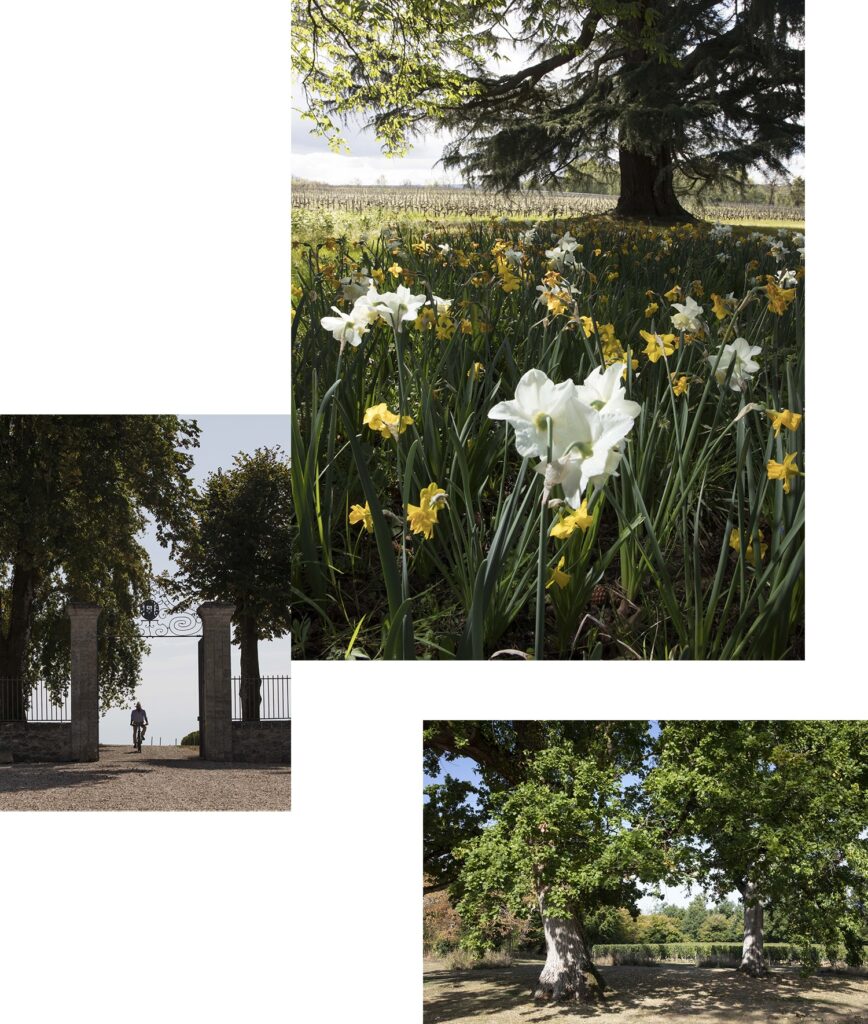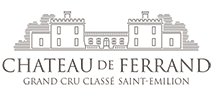
Under Pauline and Philippe Chandon-Moët, the estate regains momentum
Respecting History does not mean fossilizing it: it means bringing it to life!
There has been significant work going on at Château de Ferrand since 2010.
The vineyards have been restructured and replanted after an in-depth ampelographic soil study and adaptation of grape varieties to terroirs.
Cultivation methods have been revamped. Winemaking buildings have been re-examined.
Cellars have been modernized, and vats adapted and increased in number to enable plot-by-plot management.
Thanks to the very promising terroir, the wine’s quality levels have soared.
In 2012, the family’s commitment bore fruit: Ferrand became a Saint-Émilion Grand Cru Classé.

‘Passing nature’s gifts to humans and humans’ gifts to nature.’
Pauline Bich Chandon-Moët
Wine is the story of nature combined with that of humans. Neither can operate without the other. However, it is evident all over the world that this dialogue between nature and humans seems to have broken down in some cases. At Ferrand, we know that respecting nature first and foremost means respecting the seasons and the long-term picture.
This resulted in a total redesign at Ferrand: all the work at the vine, in the wine facility buildings or at the chateau itself has been carried out with sustainability in mind.
And because Ferrand is Ferrand, we wanted to add a touch of lightness, surprise and joy to our renewal of the chateau – a way of renewing links with its origins whilst also bringing it into the 21st century.

Respect for nature,
respect for humans
Château de Ferrand is strongly committed to an ecological transition.
This commitment forms the bedrock of its decisions and is backed up by transparent governance.
Employees form the core of the quality standards on which Ferrand’s reputation is built.
Highlighting and preserving architectural and environmental heritage are key concerns.
The estate has one of the largest areas of utilisable agricultural land not being used for winegrowing in the Saint-Émilion appellation, with nearly ten hectares of trees, meadows, and a park of old elders.

